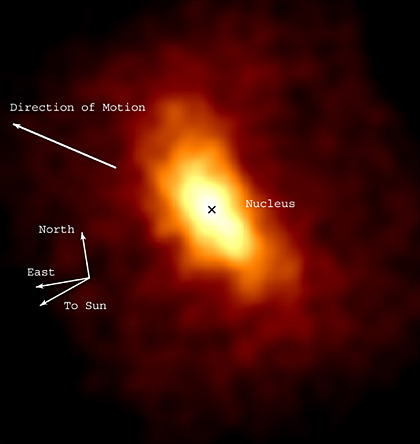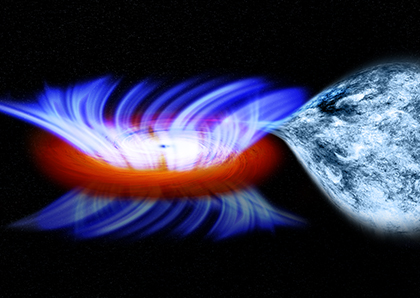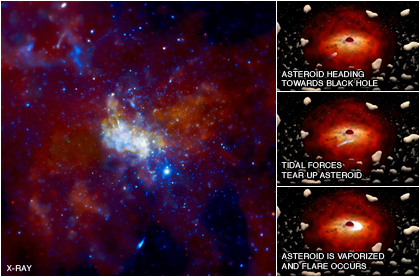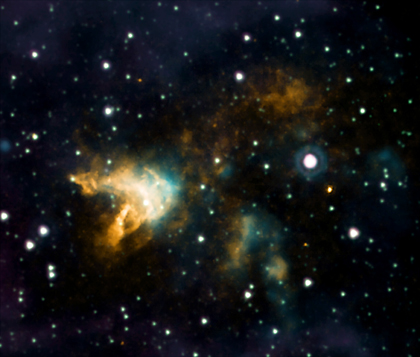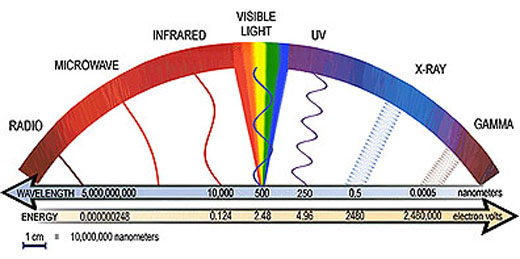By now you may have seen the headlines:
"Strongest Solar Storm Since 2005 Striking Earth."
"Raging Solar Storm Triggers Northern Lights"
"Solar Storm Is Taste of Things to Come."
Hopefully, for some of you it was a nice view of the northern lights. For us, it was a busy start to the week. This started last Thursday (Jan. 19, 2012) with an M2 solar flare. Flares below M5 usually don't worry us too much, but this one was unusually long - about 6 hours - which indicated a lot of material was involved and coronal mass ejection (CME) was heading our way with a scheduled arrival of Saturday or Sunday. Sure enough on Saturday (Jan. 21), the ACE satellite, the GOES satellites and our on-board monitors started to notice a minor jump in the background particles. The rate got even higher by Sunday. By Sunday night, we had received about half our orbital budget.
When this happened our alerts system went off and we had a phone meeting. This was around half time of the NFC Champion ship game, not that I knew, since I was with my daughters at a Girl Scout camp reunion. So while they were cooking s'mores in the snow, I was on my cell phone. We know that periodically long slow radiation storms will happen and we "budget" for 10 a year. This is the first storm like this in several years. So when we "met", we reviewed how much time was left in the orbit (5 hours) and what additional fraction of out budget we would receive in the next 5 hours assuming either constant or worst-case. Since it was only 5 hours until the end of the orbit, we figured the 50% of the budget might get to 55% so we decided to ride it out, go behind the Earth and start fresh on the next orbit. Little did we know, we'd never get there.
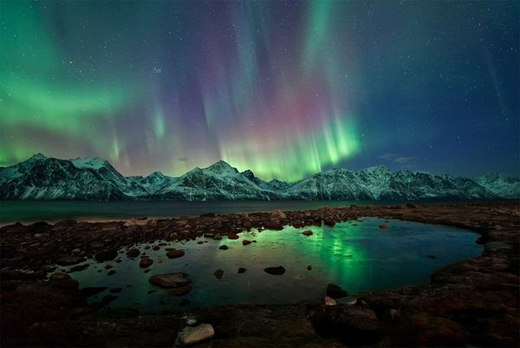 Northern lights dance over the Lyngan Alps in a picture taken Tuesday night near Tromsø, Norway.
Northern lights dance over the Lyngan Alps in a picture taken Tuesday night near Tromsø, Norway.Photograph by Ole C. Salomonsen,
arcticlightphoto.no.




